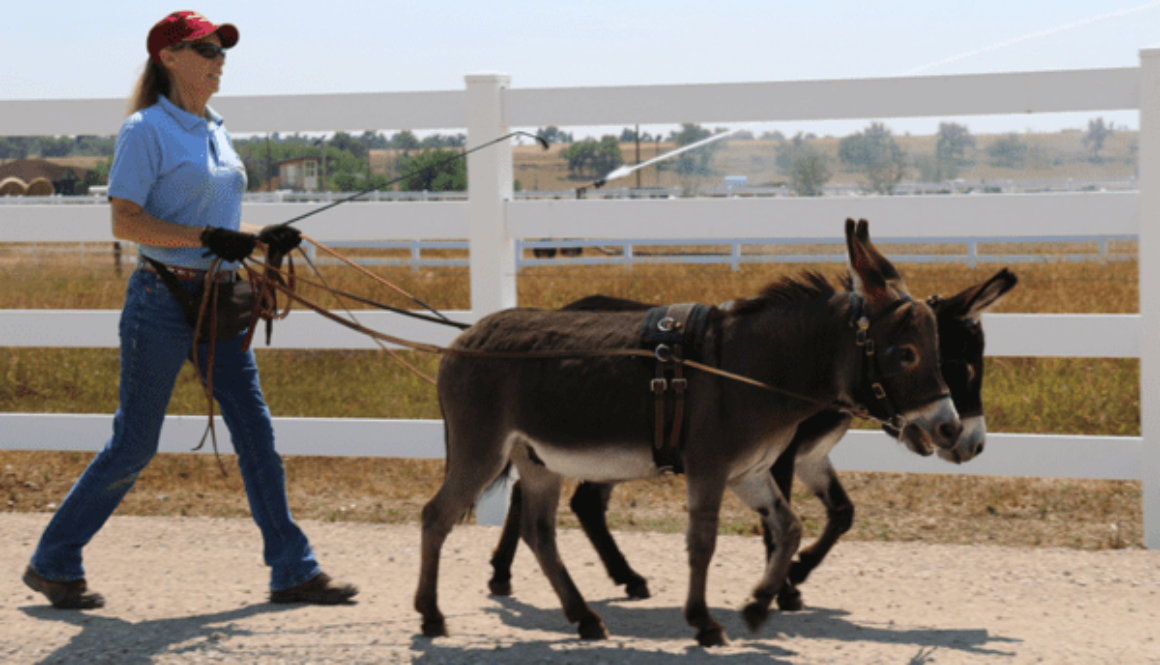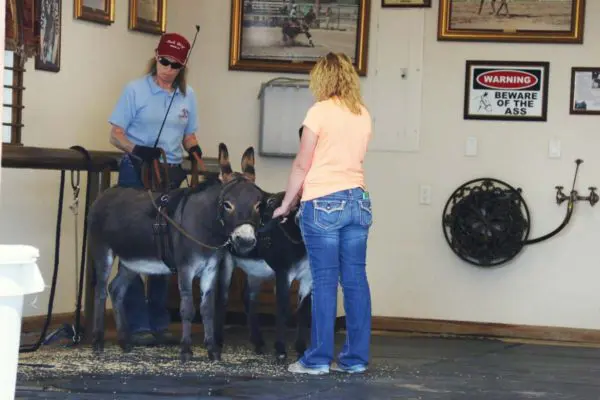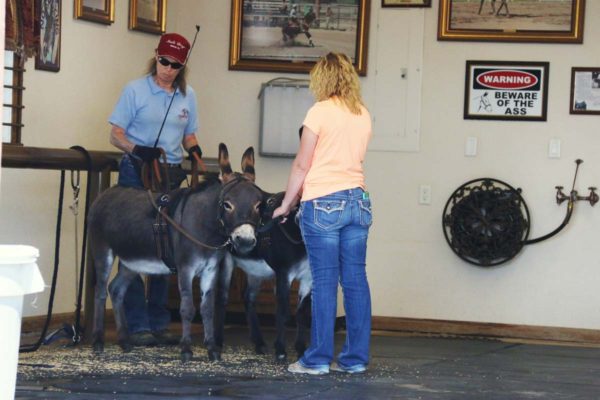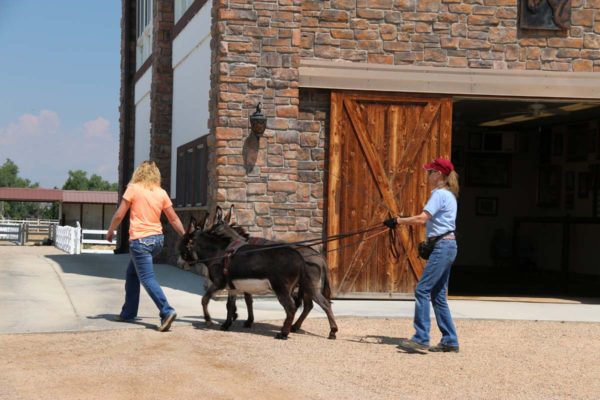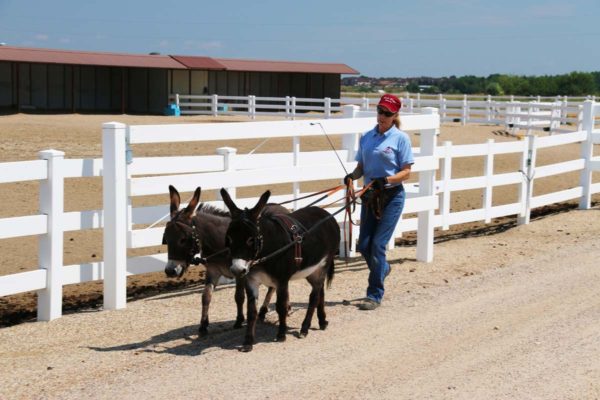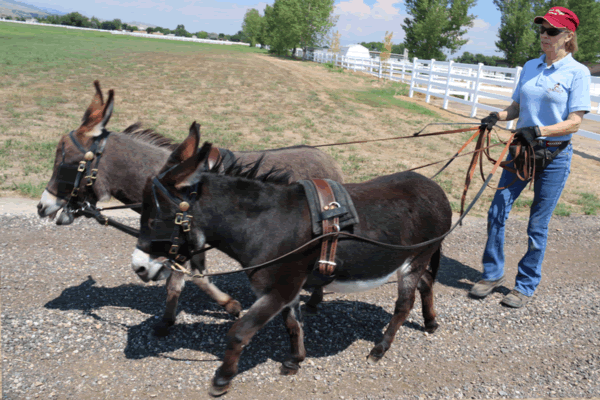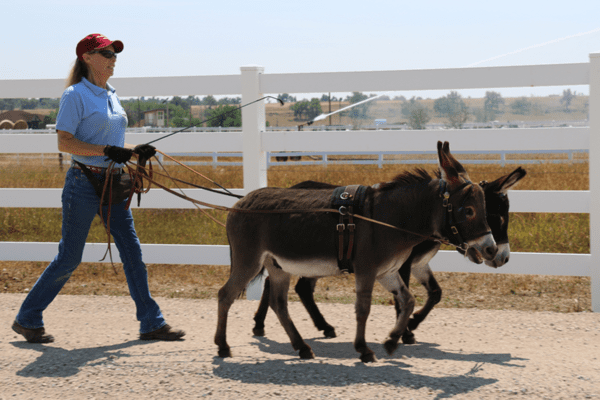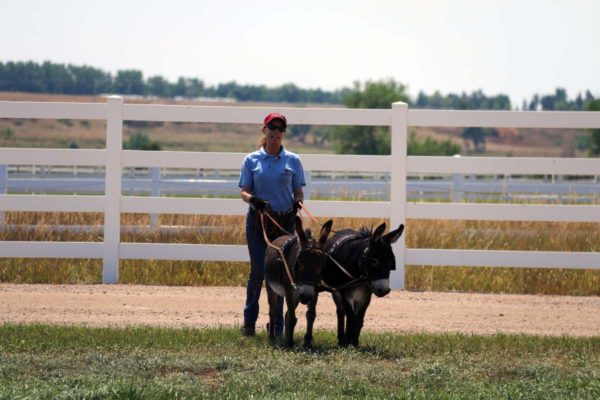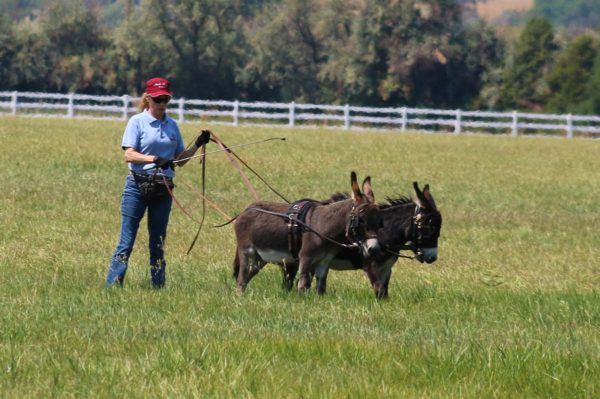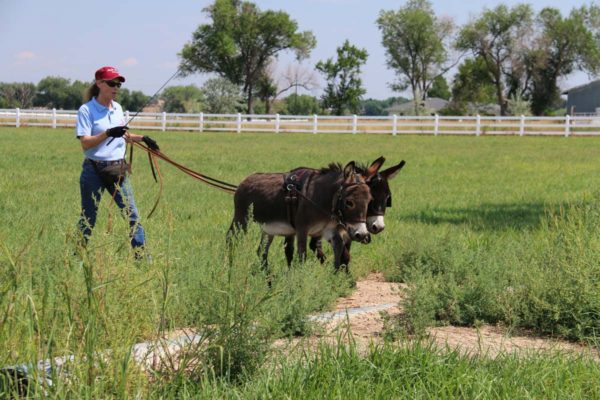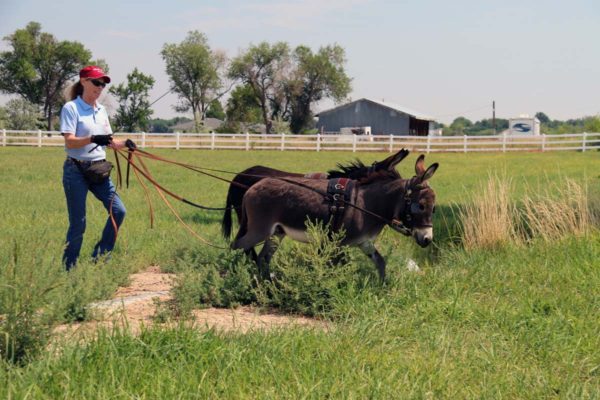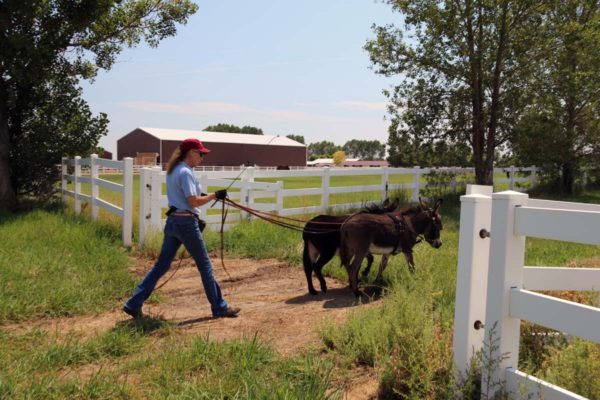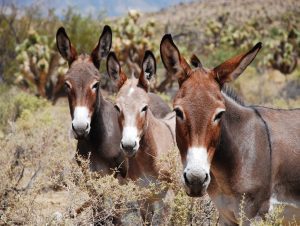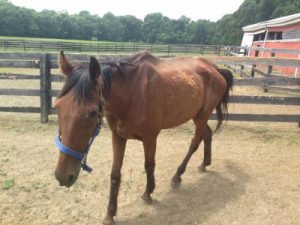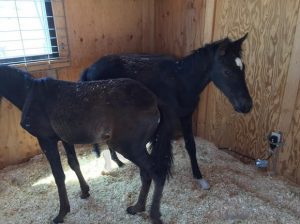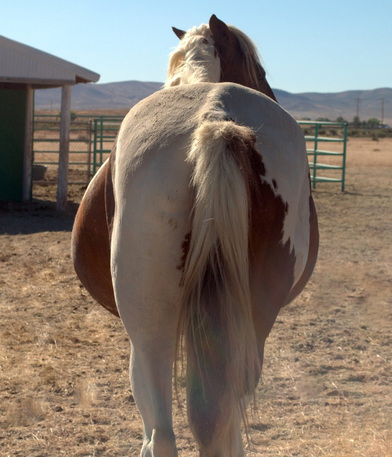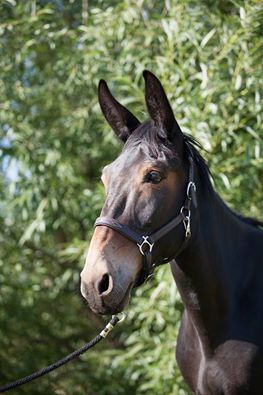Following is a press release from the American Wild Horse Preservation Campaign.
Belmont, CA – August 25, 2016 – A massive public uprising is underway on social media over cruel wild horse sterilization experiments proposed by the federal government. Using the hashtag #StopThemSally, thousands of citizens have joined the American Wild Horse Preservation Campaign (AWHPC) in calling on U.S. Interior Secretary Sally Jewell, to stop the experiments and implement sweeping reform of the federal Wild Horse and Burro Program, which is administered by the Interior Department’s Bureau of Land Management (BLM).
Meanwhile, the BLM this week notified AWHPC and the Cloud Foundation that it was delaying the start date for the experiments from October 1 to November 16. The delay comes amidst public outcry and a barrage of legal actions, including a lawsuit/Motion for a Preliminary Injunction filed by AWHPC and the Cloud Foundation.
Launched on Tuesday, August 23, the #StopThemSally campaign to date has resulted in:
· 5,600 faxes sent to Department of the Interior Secretary, Sally Jewell.
· 33,000 views of an eyewitness video documenting the invasive nature of the controversial experiments to be conducted by the BLM in conjunction with Oregon State University (OSU) on 200 wild mares at the Wild Horse Corral Facility in Hines, Oregon this fall.
· Thousands of messages left on the Facebook Page of the Department of the Interior in response to the BLM’s management of the Wild Horse and Burro Program.
[toggle_framed title=”Continue Reading” variation=”blue”]
In an open letter to Secretary Jewell, the AWHPC challenged Jewell to watch the eyewitness video of the surgical sterilization procedure, called an “ovariectomy-by-colpotomy”, which will be duplicated on the mares this fall in eastern Oregon. The procedures have been called ‘archaic’ and ‘barbaric’ by equine groups and are specifically recommended against by the National Academy of Sciences who advise that it is “inadvisable for field application.” The surgical sterilizations involve a veterinarian blindly cutting into a mare’s vaginal wall, placing his hand and arm through the vagina into the abdominal cavity, manually locating the ovaries, then severing them with a rod-like chain tool called an ecraseur.
Messages continue to flood the Department of the Interior’s Facebook Page as public displeasure mounts in response to the BLM’s planned experimentation on wild mares in Oregon.
· “Secretary Jewell, please cancel BLM’s plans to conduct cruel and unnecessary sterilization experiments on federally protected wild horses. Please watch the video that documents this cruelty and stop these archaic experiments now! http://wildhor.se/StopThemSally # StopThemSally.”
· “Secretary Jewell, veterinarians call BLM’s wild horse surgical sterilization experiments “barbaric” and “inhumane.” The National Academy of Sciences recommended against surgically removing the ovaries of mares. Even the U.S. Cattlemen’s Association calls it inhumane! These are wild animals… this is not the same as spaying domestic dogs and cats. Watch the video and stop these archaic experiments now!”
· “No sterilization of/or experiments on wild mares (even pregnant ones). We are not in Nazi Germany.”
Suzanne Roy, Executive Director of the AWHPC, relays:
“The #StopThemSally campaign is blowing up social media channels and the Department of the Interior fax line. We’re pleased that the BLM has delayed the controversial experiments amidst this public furor and barrage of lawsuits. Now is the time to cancel these inhumane and unnecessary experiments permanently and focus on humane management strategies that keep wild horses wild and free.”
AWHPC supports the use of PZP fertility control to reduce wild horse population growth rates when necessary because it does not endanger the health or impact the natural behaviors of wild horses.
The American Wild Horse Preservation Campaign is a national wild horse advocacy organization whose grassroots mission is endorsed by a coalition of more than 60 horse advocacy, public interest, and conservation organizations. AWHPC is dedicated to preserving the American wild horse in viable, free-roaming herds for generations to come, as part of our national heritage.
[/toggle_framed]



















